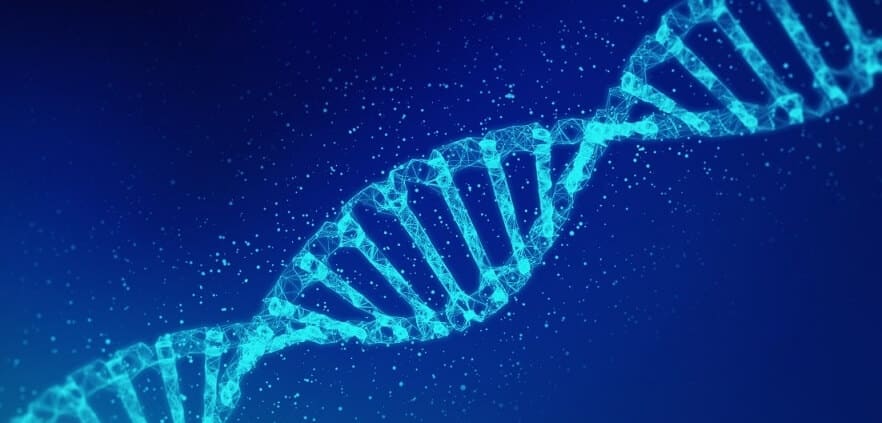Humanity’s digital storage needs are constantly increasing. While the amount of data produced in 2010 was only 2 zettabytes (1 zettabyte = trillion gigabytes), it has been multiplied by more than 32 times in 10 years to reach 64.2 zettabytes in 2020. And it’s far from over: this figure could reach 180 zettabytes in 2025, an increase of around 280% in 5 years.
Storage media are therefore naturally led to evolve, from the magnetic tape of the 1930s to the SSD disk, becoming smaller and smaller & more and more efficient. Until their latest avatar: DNA, yet billions of years old.
According to numerous studies, the deoxyribonucleic acid molecule which contains our genetic information and that of all living organisms on Earth, could be the perfect solution to store all the cold data. Cold data is the data that is rarely accessed but is considered highly valuable, such as archives.
The principle behind DNA storage is simple: binary digital data (0 or 1) are converted into nucleotides (the 4 molecules of DNA: A, C, G & T). The DNA is then produced by dedicated machines & stored in an aqueous solution.
The benefits of DNA over current storage methods are quite compelling:
- Solidity and durability: DNA can with stand extreme weather conditions, whereas current physical media are much more fragile. When stored in the proper environment, DNA can be decrypted even after millions of years.
- Energy-efficient: Today, Data centers consume 2% of global electricity.
- Small in size: This is one of the most fascinating properties of DNA. Data centers occupy an ever-increasing volume of 167 km2 worldwide. On the opposite, DNA has an exceptional capacity to densify information. While the nucleus of a cell in our body measures less than 10 micrometers, the DNA it contains would measure almost 2 meters. Data storage has evolved in such a way that, previously we could store more than 100 DVDs on a single SD card, then 2 years of music on an USB, but with DNA you could fit all the world’s data in a space equivalent to a shoe box.
The idea of using DNA as a storage medium is not entirely new. Richard Feynman (Nobel Prize winner in Physics) had already formulated it in 1959. But it was not until 2012 that the first technical tests were carried out by Harvard teams. Today, initiatives are flourishing to make this technology feasible. From start-ups to large companies, including university research groups, a lot of organizations are working on this. Major technological leaps have been made, widening the field of possibilities.
But there are still many obstacles before the industrialization of this storage method happens. Production costs and processing time remain too high for industrial use. We will have to wait until 2030 to see the impact of this promising technology in our lives…

